当前位置:网站首页>Wu Enda's refining notes on machine learning 4: basis of neural network - Zhihu
Wu Enda's refining notes on machine learning 4: basis of neural network - Zhihu
2020-11-10 07:36:00 【osc_lhwd57ou】
author :Peter
Red stone's personal website :
Red stone's personal blog - machine learning 、 The road to deep learning www.redstonewill.com
Today, I'll bring you the notes for the fourth week : Neural network basis .
- Nonlinear hypothesis
- Neurons and the brain
- Model to represent
- Features and intuitive understanding
- Multiple classification problems
Nonlinear hypothesis Non-linear Hypotheses
The disadvantages of linear regression and logical regression : When there are too many features , The computational load will be very large
Suppose we want to train a model to recognize visual objects ( For example, identify whether a car is on a picture ), How can we do this ? One way is to use a lot of pictures of cars and a lot of pictures of non cars , And then use the values of the pixels on these images ( Saturation or brightness ) As a feature .
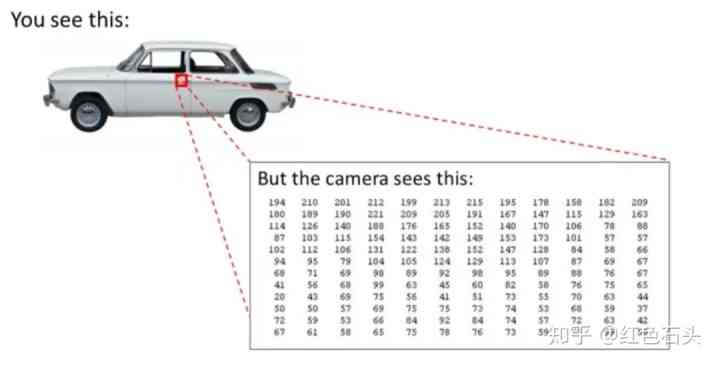
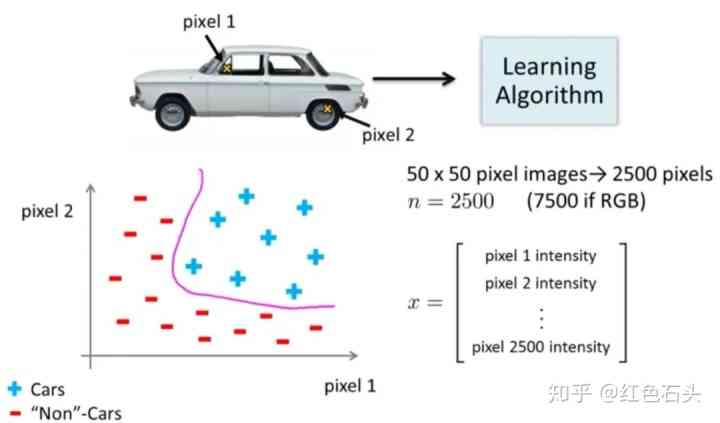
Suppose you use 50*50 A small picture of pixels , Take all pixels as features , Then there are 2500 Features . What ordinary logistic regression models can't handle , You need to use neural networks
Neurons and the brain
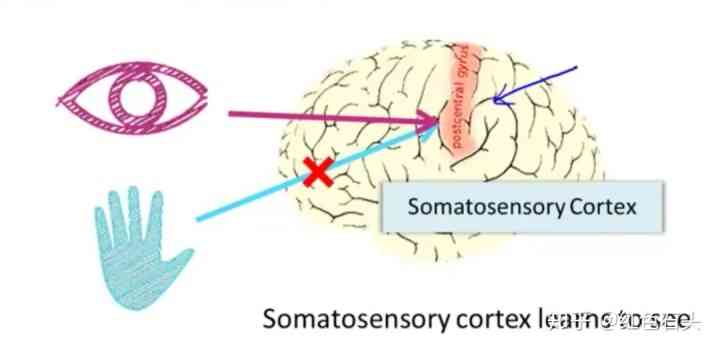
Model to represent
Model to represent 1
Each neuron can be thought of as a processing unit / Nucleus nervi processing unit/Nucleus, It mainly includes :
- Multiple inputs / Dendrites input/Dendrite
- An output / axon output/Axon
A neural network is a network in which a large number of neurons are interconnected and communicate through electrical pulses
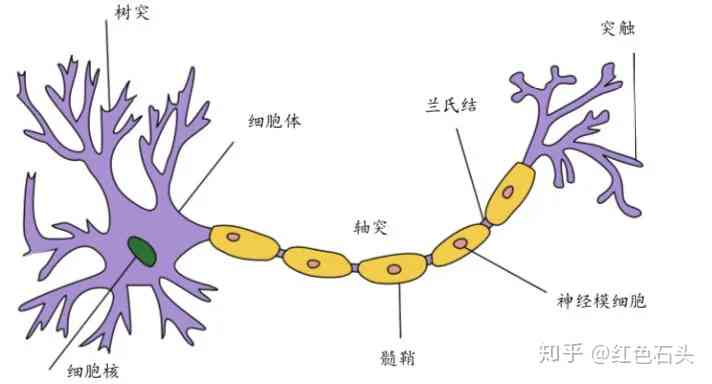
- The neural network model is based on many neurons , Each neuron is a learning model
- Neurons are called activation units activation unit; In the neural network , Parameters can also be called weights (weight)
- Neural networks like neurons
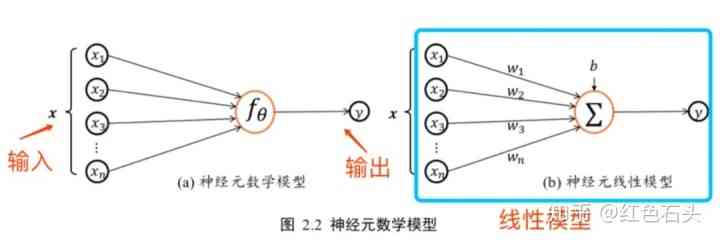
neural network
The following is an example of a logistic regression model as a neuron of its own learning model
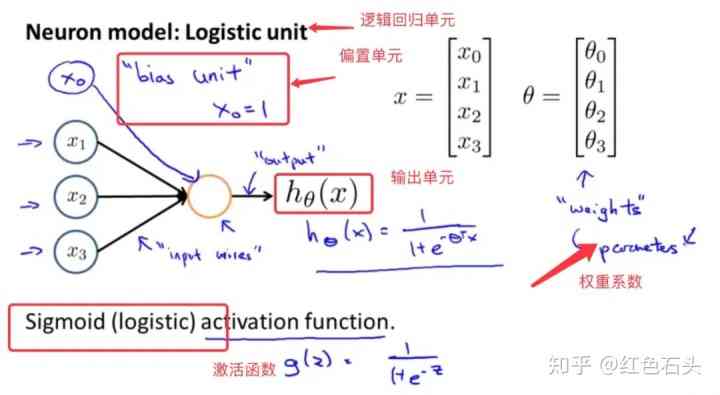
A neural network structure similar to neurons
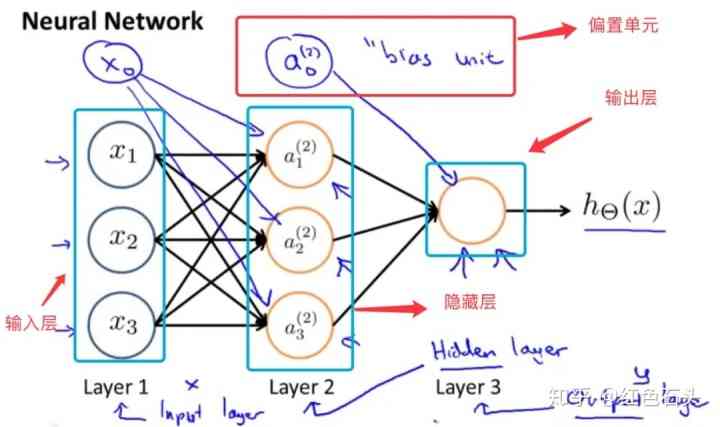
- x1,x2,x3 It's the input unit , Input raw data into them
- Several basic concepts
- Input layer : The data layer of the node
- The network layer : Output hihi Along with its network layer parameters w,bw,b
- Hidden layer : The middle layer of the network layer
- Output layer : The last layer
- Bias unit :bias unit, Add bias units to each layer
The activation unit and output of the above model are expressed as :

The expression of the three activation units :

The output expression is :

Put each row of the eigenmatrix ( A training example ) Feed it to the neural network , Finally, we need to feed the whole training set to the neural network .
This left to right algorithm is called : Forward propagation FORWARD PROPAGATION
The memory method of model marking
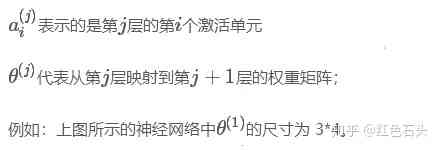
Its dimensions are specified as :
- By the end of jj The number of active cells in a layer is the number of rows
- By the end of j+1j+1 The number of active units in the layer +1 A matrix with the number of columns
Model to represent 2
FORWARD PROPAGATION Coding relative to using cycles , The vectorization method will make the calculation easier ,
If there is now :
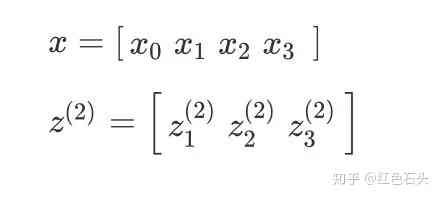
among z Satisfy :

That is, in the brackets of the above three activation units , So there are :


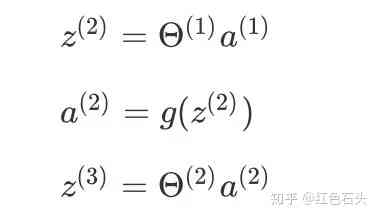
Then output h It can be expressed as :

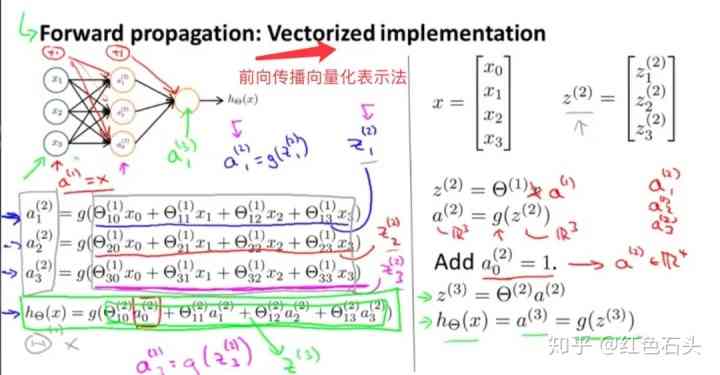
Features and intuitive understanding
Neural network , Monolayer neurons ( No middle layer ) Can be used to represent logical operations , For example, logic and (AND)、 Logic or (OR)
Implementation logic ” And AND”

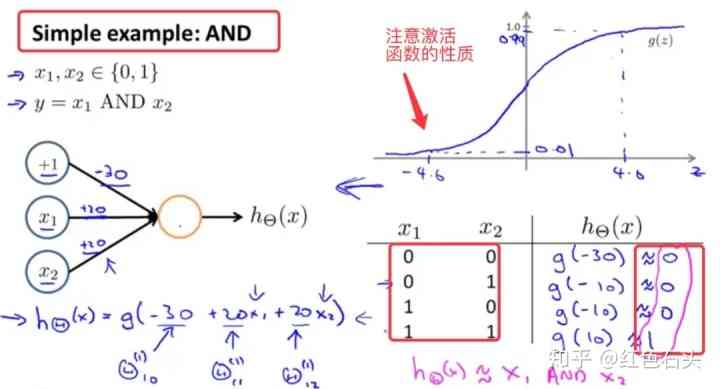
Implementation logic " or OR"


Implementation logic “ Not not”
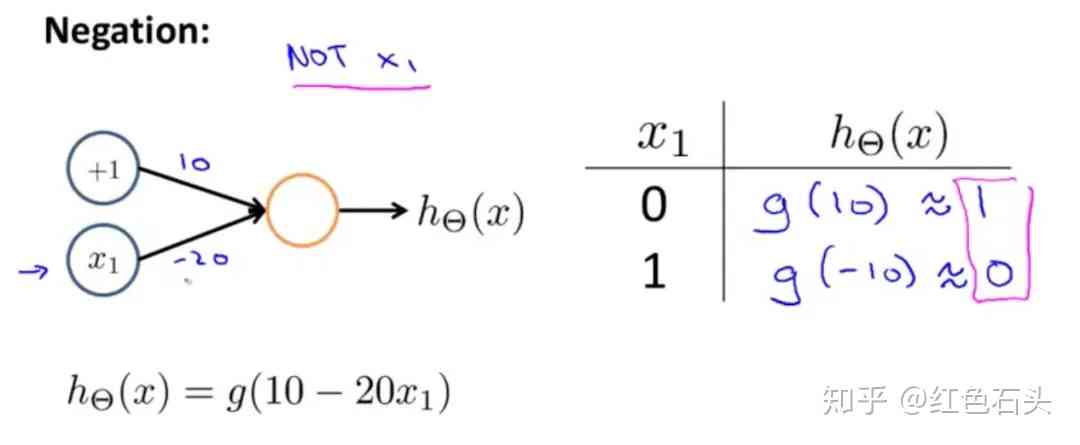
Multiple classification problems
When there are more than two categories in the output , For example, neural network algorithm is used to identify passers-by 、 automobile 、 Motorcycles, etc .
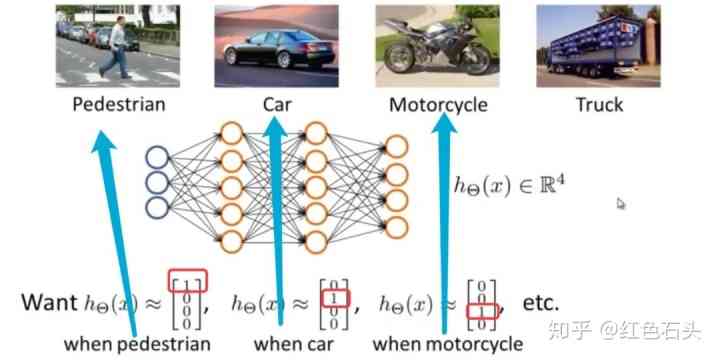
- The input vector has 3 Dimensions , Two intermediate layers
- The output layer has 4 Neurons represent 4 Kinds of classification , That is, every data will appear in the output layer [a,b,c,d]T[a,b,c,d]T, And [a,b,c,d][a,b,c,d] Only one of them is for 1, Represents the current class
TF The solution
The above multi class classification problem and TF The problem with Chinese handwritten numbers is similar to , The solution is as follows :

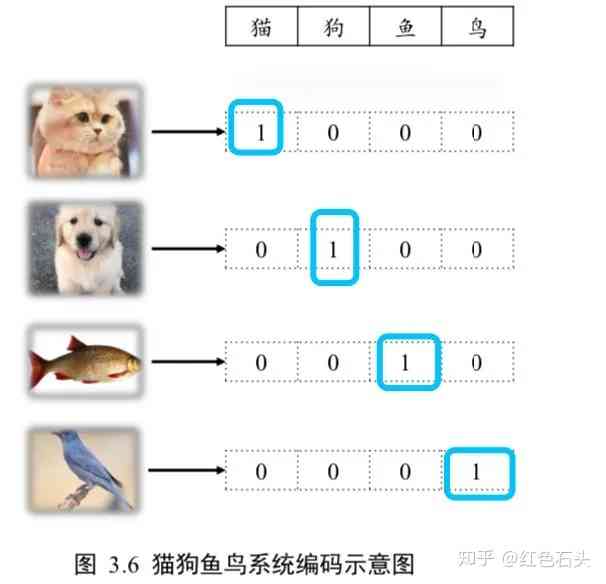
- Handwritten digital picture data
The total number of categories is 10, That is, the total output node value dout=10dout=10, Suppose the class of a sample is i, The number in the picture is ii, Need a length of 10 Vector yy, The index number is ii The position of is set to 1, The rest is 0.
- 0 Of one-hot Encoding is [1,0,0,0,….]
- 1 Of one-hot Encoding is [0,1,0,0,….]
- And so on
thus , Class notes for week 4 are over !
Series articles :
Wu enda 《Machine Learning》 Refining notes 1: Supervised learning and unsupervised learning
Wu enda 《Machine Learning》 Refining notes 2: Gradient descent and normal equation
Wu enda 《Machine Learning》 Refining notes 3: Regression problems and regularization
This article was first published on the official account :AI youdao (ID: redstonewill), Welcome to your attention !
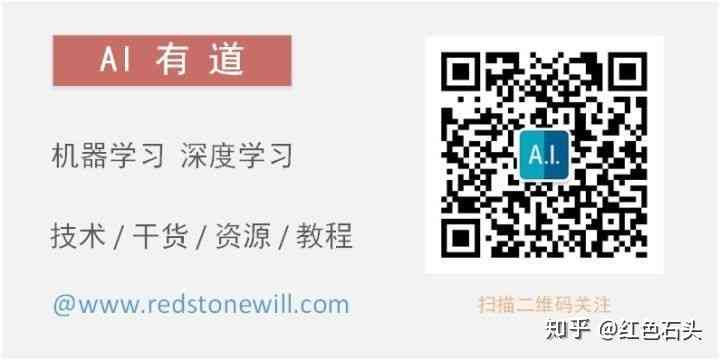
版权声明
本文为[osc_lhwd57ou]所创,转载请带上原文链接,感谢
边栏推荐
- 异常:Invalid or unexpected token
- Coding style: SSM environment in MVC mode, code hierarchical management
- Seam engraving algorithm: a seemingly impossible image size adjustment method
- CUDA_全局内存及访问优化
- delete、truncate、drop 有什么区别,误删数据怎么办
- If you need a million objects
- Mongodb kernel source code implementation, performance tuning, best operation and maintenance practice series command processing module source code implementation 1
- Promote China manufacturing upgrade, 3D visualization of production line in automobile assembly workshop
- Algorithm template arrangement (1)
- Filezilla server配置FTP服务器中的各种问题与解决方法
猜你喜欢

The length of the last word in leetcode

Thinking about competitive programming: myths and shocking facts

获取List集合对象中某一列属性值
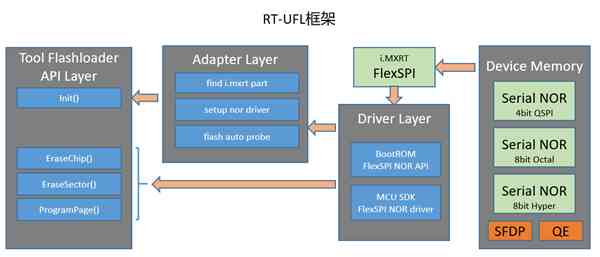
痞子衡嵌入式:RT-UFL - 一个适用全平台i.MXRT的超级下载算法设计
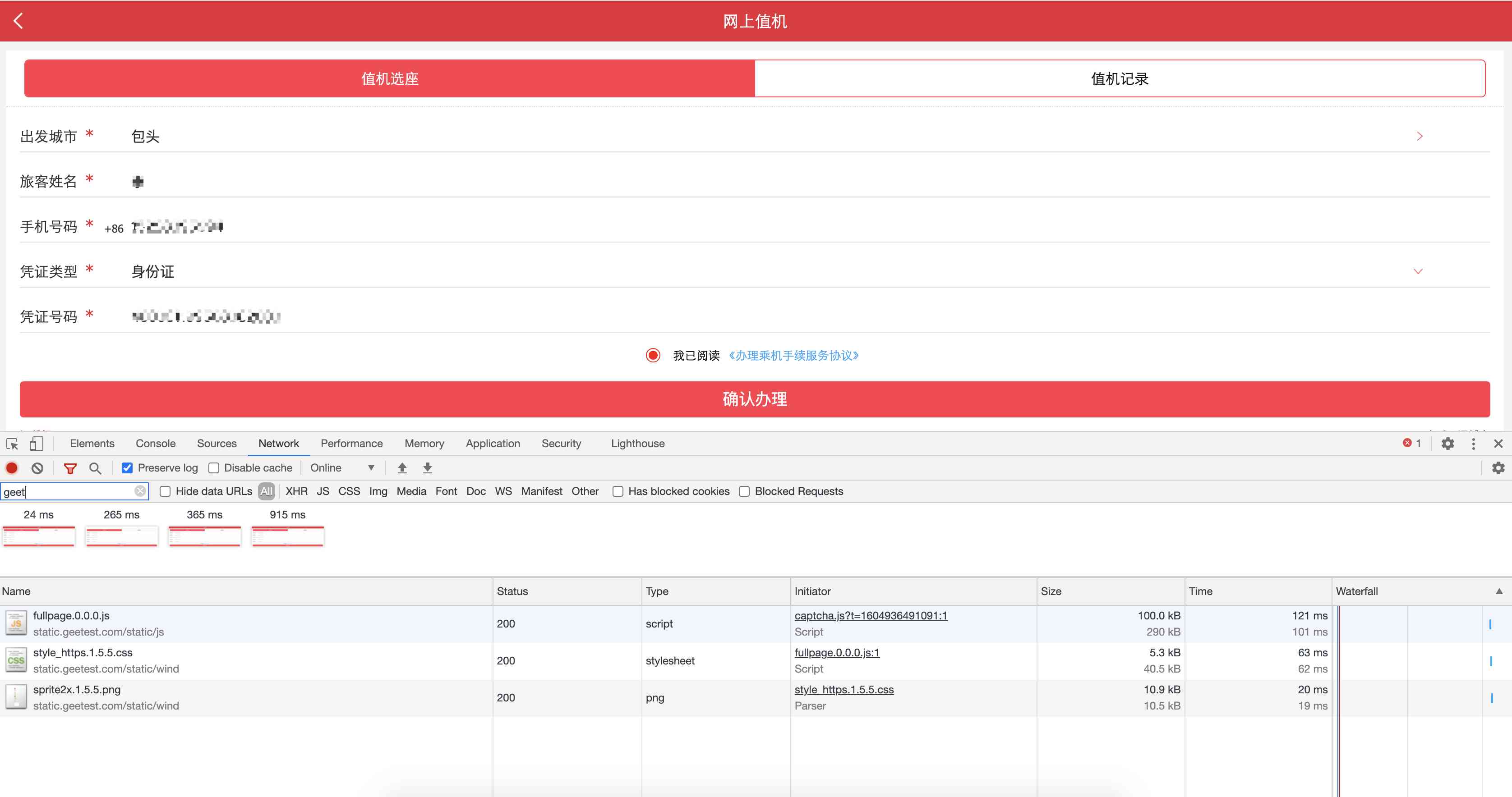
极验无感验证破解

飞鸽传书局域网找不到其他人的问题解决

SQL case conversion, remove the space before and after
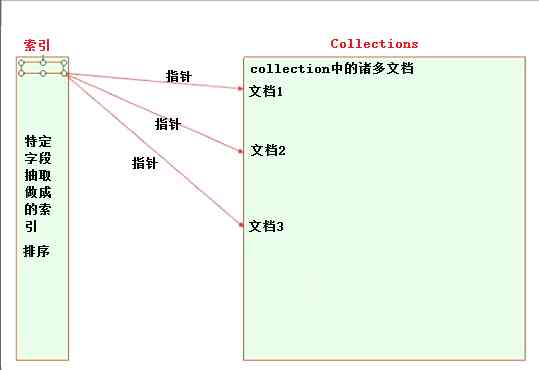
Mongodb index management of distributed document storage database

Hengxun Technology: the way to deal with server downtime

OSChina 周二乱弹 —— 我养的绿植分别为土豆,生姜,蒜
随机推荐
Must see! RDS database all in one
Validation failed for one or more entities. See 'entityvalidationerrors' solution
消防知识线上答题活动小程序复盘
leetcode之最后一个单词的长度
Experiment 2
Explanation of Z-index attribute
CUDA_ constant memory
What's the difference between delete, truncate, and drop, and what to do if you delete data by mistake
CUDA_共享内存、访存机制、访问优化
Python中[:]与[::]的用法
Top 5 Chinese cloud manufacturers in 2018: Alibaba cloud, Tencent cloud, AWS, telecom, Unicom
Mongodb kernel source code implementation, performance tuning, best operation and maintenance practice series command processing module source code implementation 1
编码风格:Mvc模式下SSM环境,代码分层管理
竞争性编程的思考:那些神话和令人震惊的事实[图]
一幅图像能顶16x16字!——用于大规模图像缩放识别的变压器(对ICLR 2021年论文的简要回顾)
工厂方法模式
Day85: Luffy: shopping cart switching price according to different validity period & shopping cart deletion operation & price settlement & foreplay of order page
pytorch训练GAN时的detach()
js解决浏览器打印自动分页的问题
Ineuos industrial interconnection platform, web configuration (ineuview) increases the function of importing and exporting engineering views, as well as optimization and repair. Release: v3.2.1